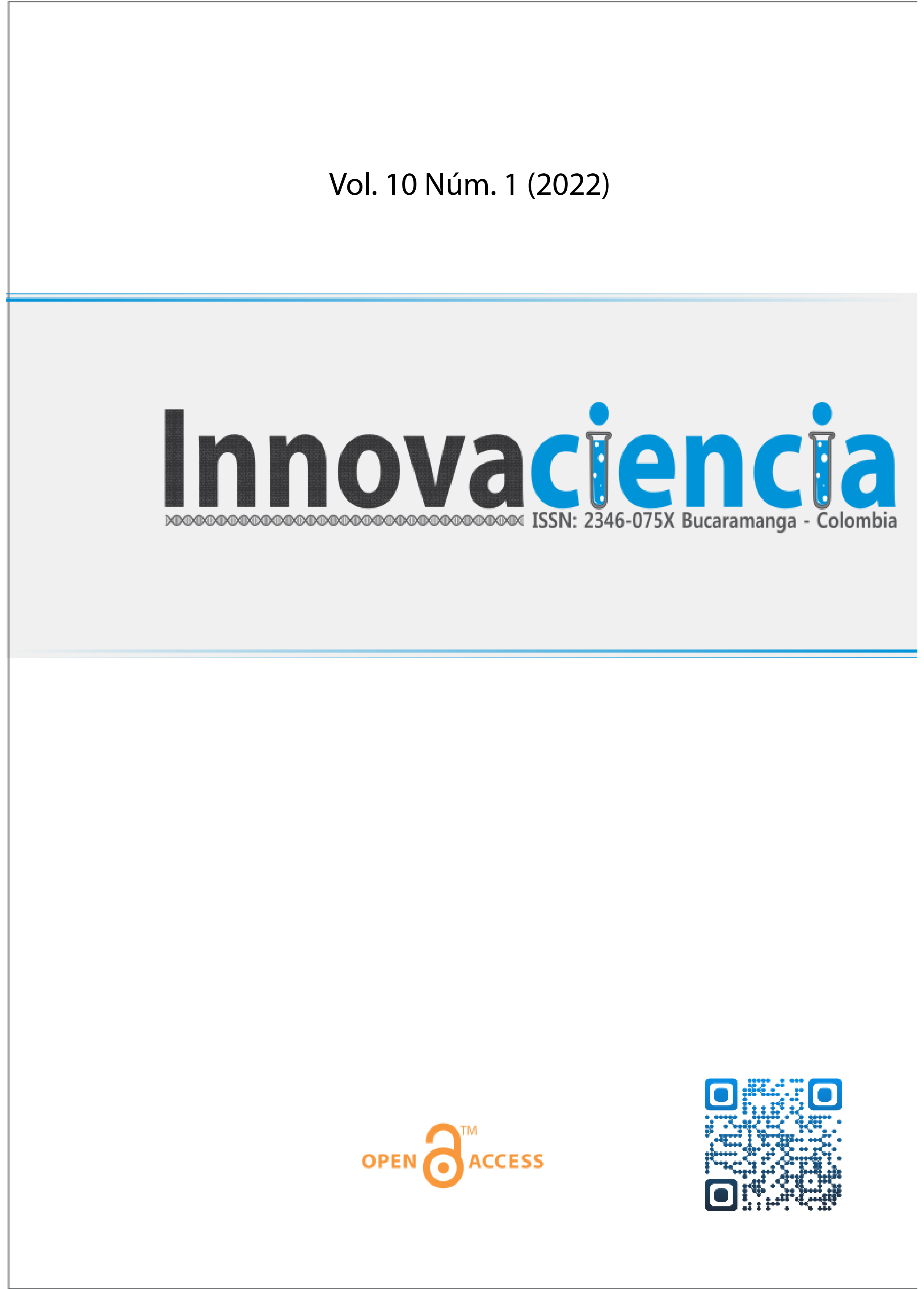Vision and strategies for researching the history of fine arts in 30 years of independence in Central Asia
DOI:
https://doi.org/10.15649/2346075X.2975Palabras clave:
Central Asia, Tradition, Culture, History Of Modern Art, Silk RoadResumen
Introduction: In 1991, after the collapse of the Soviet Union, the history of Soviet art should be rewritten. Analysis and historical narration should be carried out by the cultural field of the country, in accordance with the real process – this is the persistent study of the academic circles of Central Asia over the past 30 years of independence. One of the important issues is to find the source of contemporary art in Central Asia and reshape the history of contemporary art in Central Asia. Materials and Methods: The authors outlined the general context of the history of art in Central Asia in the article. In addition, it was considered as part of the history of the art development of the Silk Road, which itself violated the boundaries of the regionalization of cultural identity, as well as necessary to change the knowledge of the history of contemporary art in Central Asia from the “Eurocentric approach” to correspond to historical fact. Results and Discussion: Central Asia has ethnic groups living across borders and has a long history of exchanges along the ancient Silk Road and cultural factors shaped by two-way feedback. Conclusions: The study of the history of contemporary art in Central Asia is of strategic importance with a global historical perspective.
Referencias
Aminov TM. Modern history of Kazakhstan. Almaty: Bastau, 2017.
Abisheva O. Central Asia as a single cultural space. 2014. Available at: https://centrasia.org/newsA.php?st=1403736000. Accessed July 5, 2022.
Botsin T. Dunhuang art, religion, and ritual musical civilization. Peking: China Social Sciences Press, 1996.
Venbin L, Yan L. History of art of Kazakhstan since the 19th century. Guilin: Guangxi Normal University Press, 2015.
Chuangzhi S. Central Asian studies of China since the 21st century: progress and shortcomings. Int Pol S. 2019. 2: 143-160.
Tianheng Yu, Hongying Zh. The culture of Central Asia. Moscow: Commercial Press, 1941.
Maslov NN. Soviet art under the yoke of the "method" of socialist realism: political and ideological aspects (30-40s). Domest Hist. 1994. 6: 160-174.
Abykayeva-Tiesenhausen А. Central Asia in art: from soviet orientalism to the new republics. London: IB Tauris, 2016. https://doi.org/10.5040/9781350985643
Weimarn B., Diakonov M, Kaptereva T. Art of Central Asia. General history of arts. Volume 2. Moscow: State Publishing House "Art", 1961.
Siranov K. History of Kazakh cinema. 2009. Available at: https://silkadv.com/en/content/kinoiskusstvo-kazahstana. Accessed July 5, 2022.
Shaikemelev MS. Cultural and civilizational aspects of Kazakh identity. 2010. Available at: https://cyberleninka.ru/article/n/kulturno-tsivilizatsionnye-aspekty-kazahskoy-identichnosti. Accessed July 5, 2022.
Keshin, K. (2004). In accordance with the decision of UNESCO, 2004 was declared the year of Abilkhan Kasteev, and the government of the Republic of Kazakhstan adopted a resolution “on the preparation and celebration of the 100th anniversary of the birth of A. Kasteev”. 2004. Available at: http://www.kazakh.ru/news/id/93/. Accessed July 5, 2022.
Descargas
Publicado
Cómo citar
Descargas
Número
Sección
Licencia
Todos los artículos publicados en esta revista científica están protegidos por los derechos de autor. Los autores retienen los derechos de autor y conceden a la revista el derecho de primera publicación con el trabajo simultáneamente licenciado bajo una Licencia Creative Commons Atribución-NoComercial 4.0 Internacional (CC BY-NC 4.0) que permite compartir el trabajo con reconocimiento de autoría y sin fines comerciales.
Los lectores pueden copiar y distribuir el material de este número de la revista para fines no comerciales en cualquier medio, siempre que se cite el trabajo original y se den crédito a los autores y a la revista.
Cualquier uso comercial del material de esta revista está estrictamente prohibido sin el permiso por escrito del titular de los derechos de autor.
Para obtener más información sobre los derechos de autor de la revista y las políticas de acceso abierto, por favor visite nuestro sitio web.
















